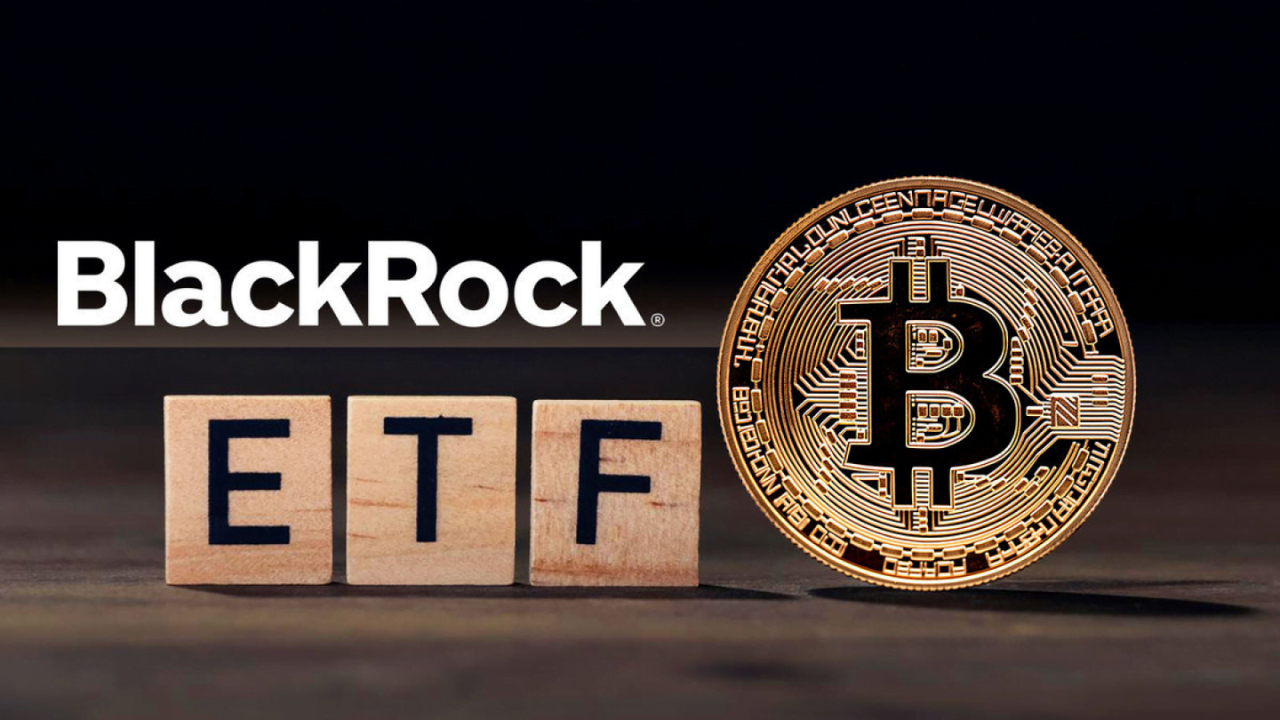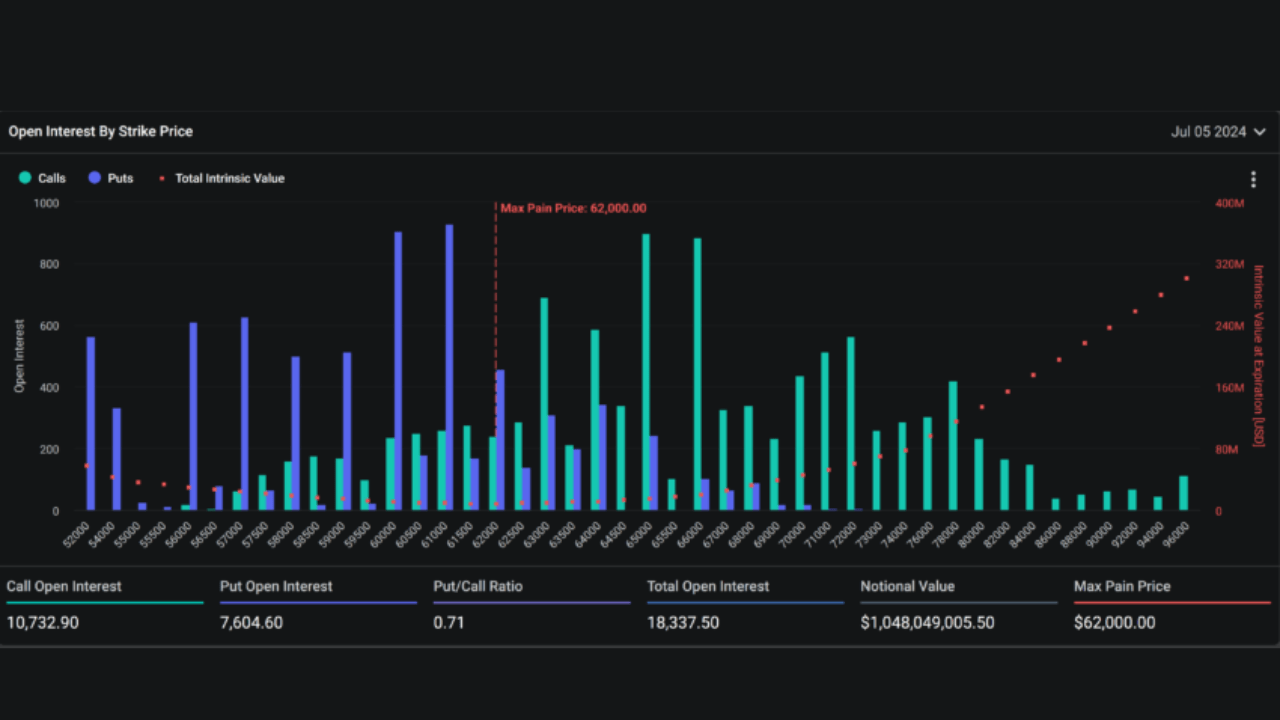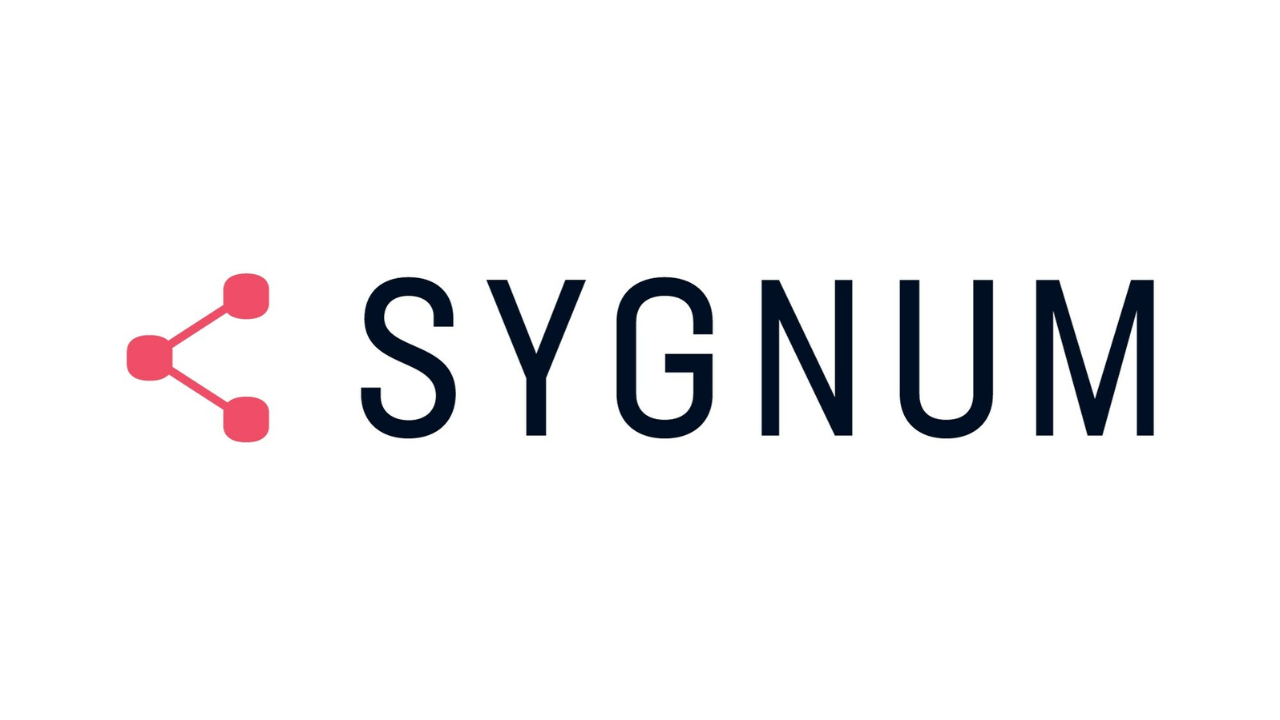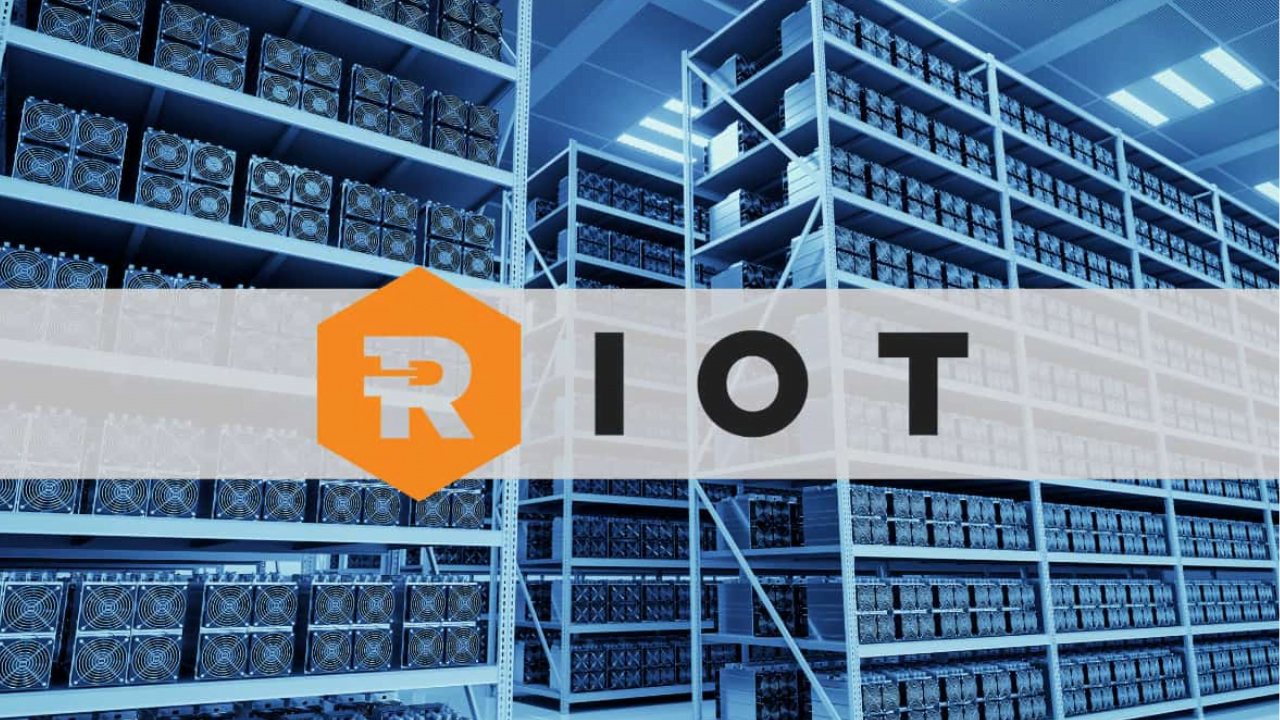The upcoming Ethereum upgrade is all the rage nowadays.
Tim Beiko, the community manager at Ethereum network, has recently announced that “The Merge” is expected to happen soon this year. Ethereum co-founder Vitalik Buterin has also stated that the Ethereum switch will most likely happen in August 2022. What it all implies is that the long-anticipated Ethereum upgrade is very near.
Ethereum is a decentralized, smart contract-enabled blockchain network powered by the second-largest cryptocurrency, Ether. The multi-channel Ethereum 2.0 update is geared at enhancing the security and efficiency of the mainnet through a shift from the proof-of-work (PoW) to proof-of-stake (PoS) protocol.
Table of Contents
ToggleWhat is Ethereum 2.0?
The Ethereum 2.0 upgrade, also known as Serenity, is a widely acclaimed Ethereum network modification that will shift its consensus mechanism from PoW to the energy-efficient PoS.
Technically, there is no Ethereum 2.0 now, as the developers have recently forsaken the terms Eth1 and Eth2 to remove the confusion regarding this process. In January 2022, The Ethereum Foundation rebranded Eth2 as a “consensus layer” while Eth1 was termed as an “execution layer.” This rebranding action was taken to emphasize the fact that Eth1 and Eth2 are not separate entities; instead, they are phases of a larger “software update.” The Foundation also explained that the 1 and 2 naming system was creating a “broken mental model for new users of Ethereum.”
However, the “Eth1 & Eth2” terminology has persisted, and it is here to stay at least until “The Merge” is completed.
A transition from mining to staking
Currently, the Ethereum mainnet integrates the proof-of-work model where miners utilize the high-power machinery and equipment to complete complicated mathematical puzzles. The miner who first solves the hash and verifies the new transaction is then rewarded with native cryptocurrency. However, this process entails a massive amount of energy in order to validate and record the transactions on the blockchain.
In contrast, the proof-of-stake protocol, the ultimate goal of the Ethereum upgrade, is a consensus mechanism that does not involve energy-exhaustive mining. In the staking model, users lock up a certain amount of the network’s native cryptocurrency to verify the transactions. The automatic algorithm then selects a random validator to add the new block to the blockchain. Generally, validators are chosen based on the amount of crypto they have staked and for how long they have staked it.
Ethereum upgrade phases – What is their timeline?
The Ethereum 2.0 upgrade is progressing in various parallel phases that will combine to originate the final form of the Ethereum network. The phase 0 update of the Ethereum transition, called the Beacon chain, went live in December 2020. The upgrade assimilated two primary innovations in the Ethereum ecosystem, including a proof-of-stake (PoS) consensus mechanism and validator nodes. As of now, the Beacon chain works in parallel to the legacy Ethereum blockchain.
The second phase, known as “The Merge,” will combine the Beacon chain with the Ethereum mainnet into one unified blockchain. The amalgam is expected in the summer of 2022.
Finally, the last phase will be initiated to implement a cross-shard network after the successful docking of execution and consensus layers. Sharding is a technological solution that establishes multiple and cheaper storage layers for rollups and decentralized applications. Accordingly, this update will slash the Ethereum blockchains into 64 shard chains to enact the most efficient parallel processing structure. Simply said, this sharding interoperability will boost the scalability and capacity of the Ethereum blockchain.
According to the Ethereum Foundation, the shard chains could ship sometime in 2023 after the completion of “The Merge.”

Why is Ethereum changing its consensus protocol?
It is a known fact that investors and crypto communities are becoming increasingly concerned about capitalizing on energy-intensive and high carbon footprint blockchains. Hence, one of the most prominent reasons for the approaching Ethereum switch is to get rid of its energy-demanding proof-of-work protocol. According to some estimates, Ethereum mining consumes electricity at an annualized rate of 112 TWh, which is higher than the energy consumption of the Netherlands and Finland.
That said, with the upcoming overhaul, Ethereum’s energy consumption and carbon footprint will be reduced by up to 99.5%, making it an environment-friendly blockchain platform.
Secondly, Ethereum is shifting to enhance its scalability. Currently, the network can support only 30 transactions per second as it consists of only a single chain of blocks. The developers intend to resolve this congestion and slow-speed problem by the implementation of shard chains. As a result, the Ethereum blockchain would be able to process up to 100,000 transactions per second.
Moreover, Eth2 has been formulated to boost the security structure of the Ethereum ecosystem. The number of validators on the Ethereum Beacon chain has crossed the 300k mark, perpetuating a highly decentralized architecture compared to the regular PoS blockchains. As of now, more than 9.6 million Ether have been staked on the Ethereum 2.0 network, making it a highly secure and efficient system.
What are the future prospects of Ethereum after “The Merge”?
Although up till now, the Ethereum transition plan has undergone various delays and changes with shifting order of phases, the inclusion of new scaling methods, and the introduction of new hard forks, the eventual development will most likely induce a positive market reaction.
Ethereum’s boost after The Merge is highly expected as the upgrade has long been eyed by worldwide investors, dApp developers, and crypto enthusiasts who want to see a more-adaptable, fast, and eco-friendly Ethereum. The upgrade can place deflationary pressure on the ETH supply and attract new stakers, causing an overall constructive influence on the Ethereum ecosystem.
Further, professionals expect a consistent and positive Ethereum price momentum after the final merging. It is because the user base is gathering around some major opportunity areas, such as reduced gas fees, enhanced output, and swift transactions.
Additionally, as previously mentioned, a huge amount of Ether (9.6 million) worth more than $30 billion is already deposited in the Ethereum staking mechanism to validate transactions as soon as the upgrade goes live.
All such factors indicate the high amount of trust consumers place in the impending advancement of this leading smart contract-based blockchain platform. On the whole, we can say that the upcoming upgrade can trigger tremendously positive developments for native Ethereum and Ethereum-based projects due to the network’s augmented scalability and stability with less energy consumption.
Read more:
http://thetradingbay.com/solana-vs-avalanche-is-avax-better-than-sol/
http://thetradingbay.com/best-eco-friendly-cryptocurrencies/
http://thetradingbay.com/what-is-the-next-cryptocurrency-to-explode-in-2022/












